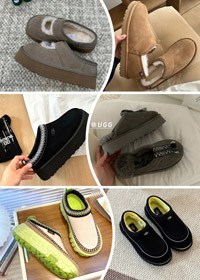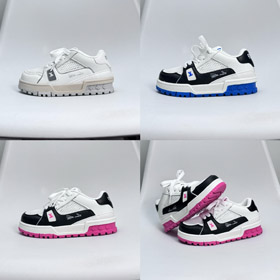The Role of Shopping Spreadsheets as Data Support Tools in Reverse Purchasing Platforms
In the rapidly evolving world of reverse purchasing platforms and major代购 (daigou) websites, technological innovation is crucial for maintaining competitiveness. One often overlooked yet powerful tool in this process is the shopping spreadsheet. This article explores how电子表格 (spreadsheets) can serve as robust data support tools to quantify the impact of new technologies on business performance,用户体验 (user experience), and ultimately drive continuous innovation.
1. Centralized Data Collection Across Platforms
Modern代购 platforms operate across multiple channels - from WeChat mini-programs to dedicated apps and cross-border e-commerce interfaces. Structured购物电子表格 can:
- Standardize metrics like 订单转化率 (order conversion rates)采购周期时长 (procurement cycle time)
- Sync with APIs from platforms like 1688, Taobao, and小红书 (RED) via middleware
- Create time-series datasets for before/after technology implementation comparisons
2. Quantifying Technological Impact
Case Study: AI推荐系统 (Recommendation System) Upgrade
When a代购 platform implemented deep learning algorithms for product recommendations,他们的电子表格 tracked:
| Metric | Pre-AI | Post-AI |
|---|---|---|
| 平均点击深度 (Avg. Click Depth) | 2.1 pages | 3.4 pages |
| 加购率 (Cart Addition Rate) | 19% | 28% |
The pivot tables and conditional formatting highlighted efficacy without complex BI tools.仓库管理系统 (Warehouse System) who visualized仓位利用率 (space utilization) improvements from 68% to 82% after automation.
3. User Experience Optimization
Spreadsheets enable代购平台os to map 用户旅程 (user journeys) before and after technology deployments:
- Timestamps tracking from WeChat咨询 (consultation) to支付完成 (payment)
- Sentiment analysis on celled customer feedback
- The correlation between页面加载速度 (page load speed) improvements and bounce rate reductions
小红书 integrations特别 (particularly) benefited from this when image recognition for productsscan reduce错误代购率 (wrong purchase rate) by标识清楚的EXCEL条件格式 (conditional formatting).
4. Driving the Innovation Cycle
- Establish baselines:
- Isolate variables:



















